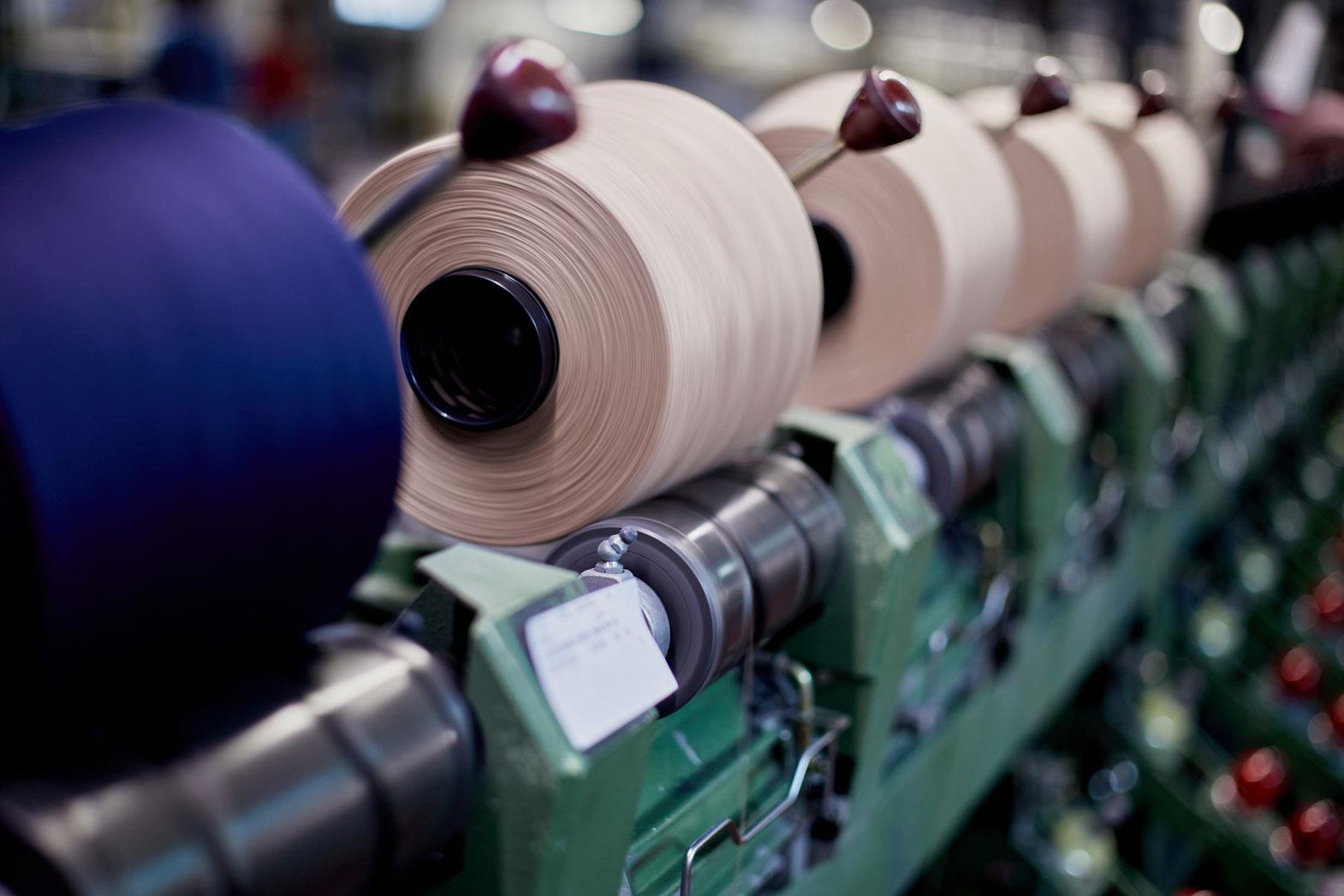The textile sector in Italy represents 6.7 percent of the global textile and clothing trade. This percentage includes 6.9 percent in textile products and 6.6 percent in apparel. A few years back, the Italian exports encompassing thread, yarn, fiber, cotton fabric, and manmade fiber experienced a slip of eight percent, while imports slid down by five percent. It is notable that among the fabrics produced in Italy, cotton fabric is the chief fabric that has helped boost Italy's textile trade around the globe. However, in the preceding years, the yarn has occupied the second position among the largest textile components imported from other countries. Among these imported yarns, cotton yarn was chiefly purchased followed by manmade yarn imports.
The textile sector in Italy is centered on the industrial districts, including Prato, Castel Goffredo, Carpi, Como, Vicenza, and Biella. The holistic Italian textile industry has seen some massive changes in terms of the workforce, with a high percentage of Chinese people entering into Italy and settling down in the Prato town near Florence. We can say China's investments in the Italian textile industry have been rushing to the north, as Chinese buyers bought facilities at low costs from Italian businesses that have been facing headwinds. There are about 4,000 clothing factories in Prato, which are controlled by Chinese people, and these facilities are producing one million garments every day.
During the past few years, the industry in Italy is concentrating on developing its end-product segment, which includes apparels. Unlike earlier when the Italian textile industry ensured that its focus on basic textile products didn't suffer following the promotion of the end product segment, things have changed now. One minor disadvantage that the industry has suffered following this shift in the industrial approach is that the cotton yarn and fabric production has declined persistently in the last few years. Made-up textile articles, including cushion covers, bags, curtains, towels, bedspread, etc. (excluding apparels), have also declined significantly. The segments where growth rates are concentrated are knitted and crocheted pullover, apparel, and intimate wear.
Italy's textile product imports from the international market list cotton yarn as the largest item with a 23 percent share in the inbound shipments. According to data available from the Sistema Moda Italia (SMI), Italy imported yarn that was valued at 834 million in 2013, which was down two percent from the 851 million of yarn consignment that was shipped in 2012. The data also showed that in 2013, the yarn industry in Italy posted a turnover totaling 3.04 billion, which was down 2.1 percent from the previous year's levels. SMI is Italy's Fashion System as well as an association of textile entrepreneurs.
Italy's trade relations with India concerning textile products have always been good. Approximately seven percent of cotton and manmade fibres, fabrics and yarns imported by Italy come from India. The components that predominantly are part of the textile imports from India include cotton fibre (which is the single-largest item in the list), cotton thread, manmade fibre, manmade fibre threads and manmade fabrics (which also reflects a major share in the imports).
The Gulf Cooperation Council region, also known as GCC, and the overall Middle East market have presented excellent opportunities for Italian textile exports industry, mainly due to rapid development in the economies and transparent trade policies. Textile, as well as textile machinery, both have emerged as the primary export sectors for Italian products there.
Yarn exports out of Italy, which include cotton and wool yarn, totalled 912 million in 2013, the SMI data indicated. This was a roughly 1.8 percent decline from 929 million worth of yarn exports made in 2012. Breaking the data into sub-sector divisions, the figures, recorded from January 2013 through September 2013, showed that Italy's exports of carded wool yarn reached 173 million during the period, while combed wool yarn sales fetched 202 million in terms of value. Knitted yarn brought in 75 million in revenues and synthetic yarn shipments totalled 90 million during the same period. Another category that brought Italian textile exports industry a lot of revenue was cotton yarn - which got 144 million in export sales. Flax yarn (linen) exports were also valued at around 20 million during the first nine months of 2013, the data showed.
Italy's carded and combed wool yarn exports were mainly shipped to Hong Kong, according to the SMI data. In the first nine months of 2013, the Asian country's purchase of carded wool yarn accounted for 26.3 percent of the total Italian exports, while combed wool yarn sales represented 17.2 percent of the exports.
Another country that prominently features on Italy's textile export map is Germany, which accounts for a greater share in the cotton yarn exports out of Italy. During the period of January 2013 to September 2013, shipments to Germany represented 14.1 percent of the total cotton yarn exports made by Italy, the SMI data indicated. Another European country, Turkey, notched up the highest rank in terms of buying Italian exports of synthetic yarn, representing 17.7 percent of the total synthetic yarn exports made in the first nine-month period of 2013.
Italy's textile sector is focusing on expanding business ties all over the world. The overall trade figures are encouraging. The country has always been known for its luxury apparel brands, but the rise in imports of basic fabrics and yarns might push the country to develop its basic textile products. Till today the Italian textile has been known for its quality and creativity in apparel designs. In future the outstanding quality of overall Italian textile goods and stressing on creativity in apparel can help in textile sector's development.
References:
1. Marketplace.org
2. Yarnsandfibers.com
3. Ideas.repec.org





20240924091633.png)







Comments